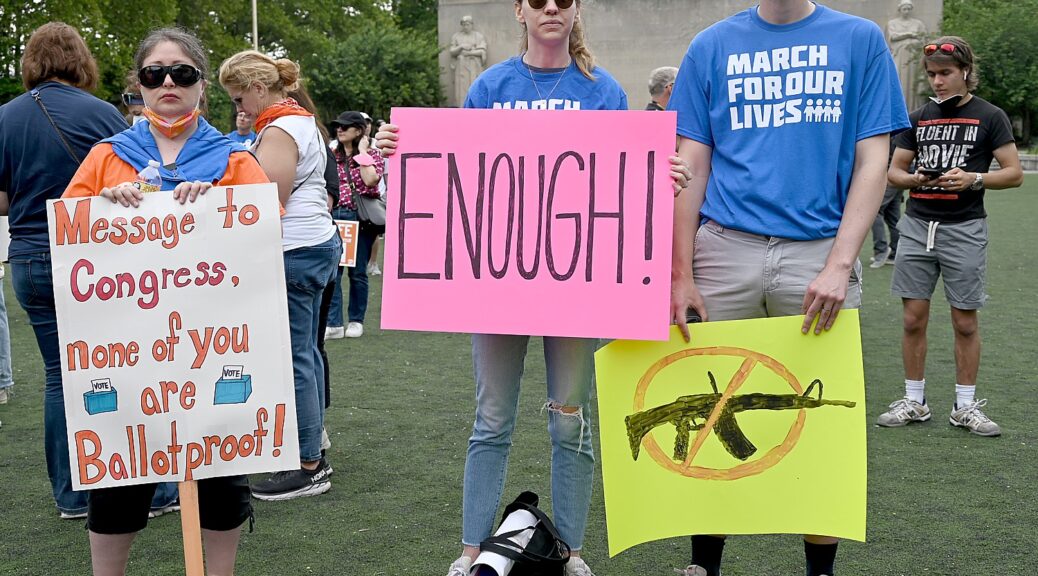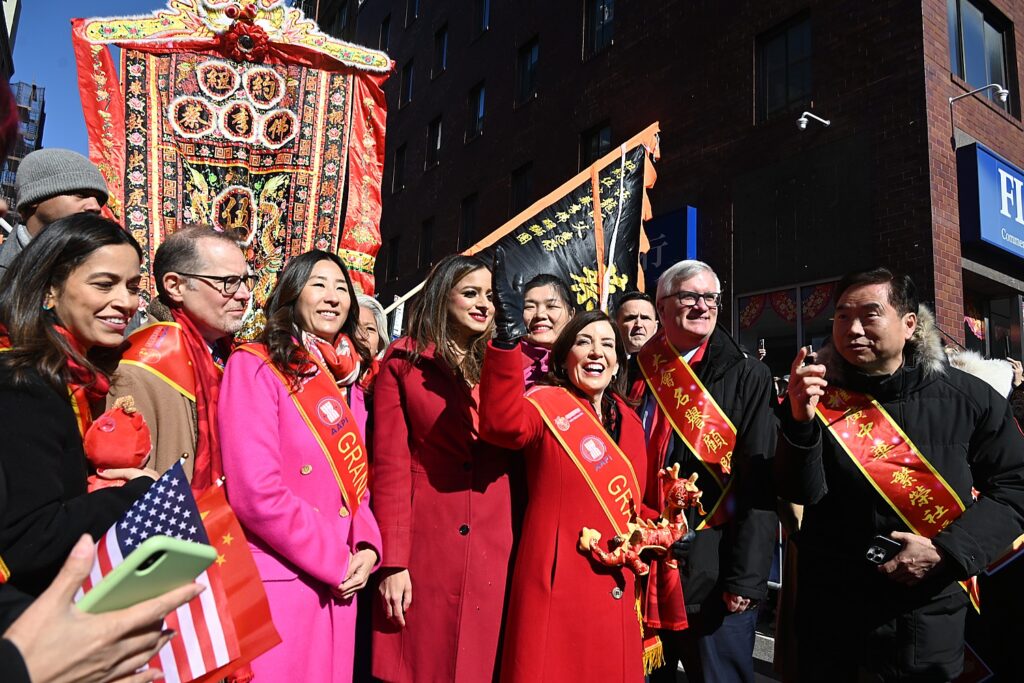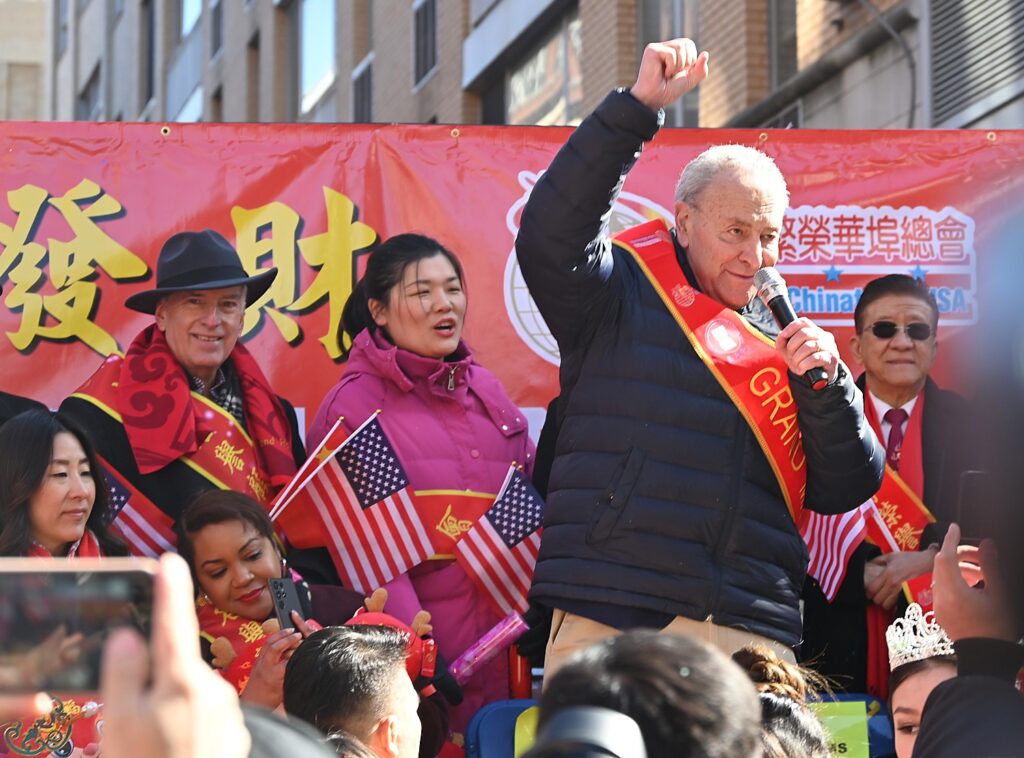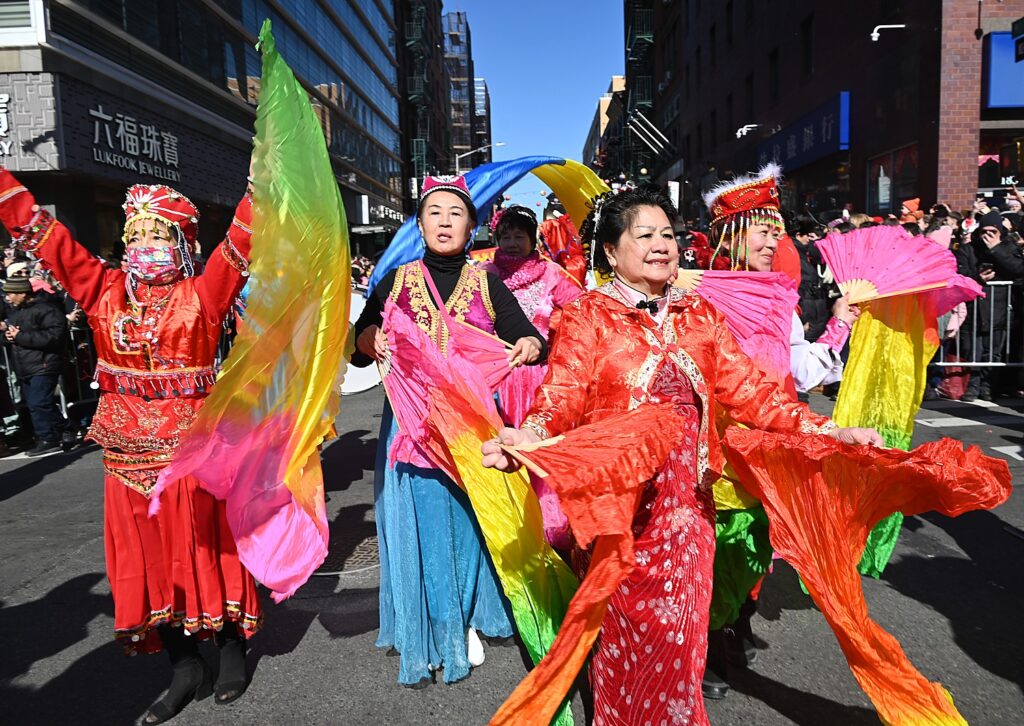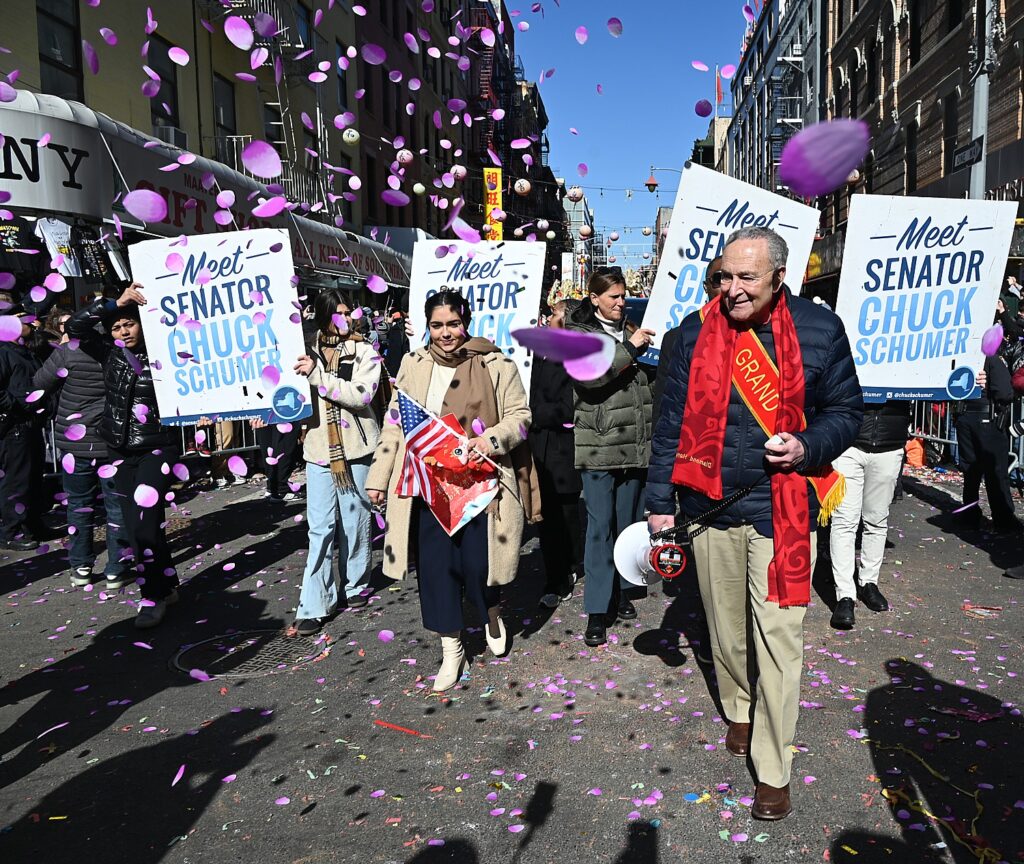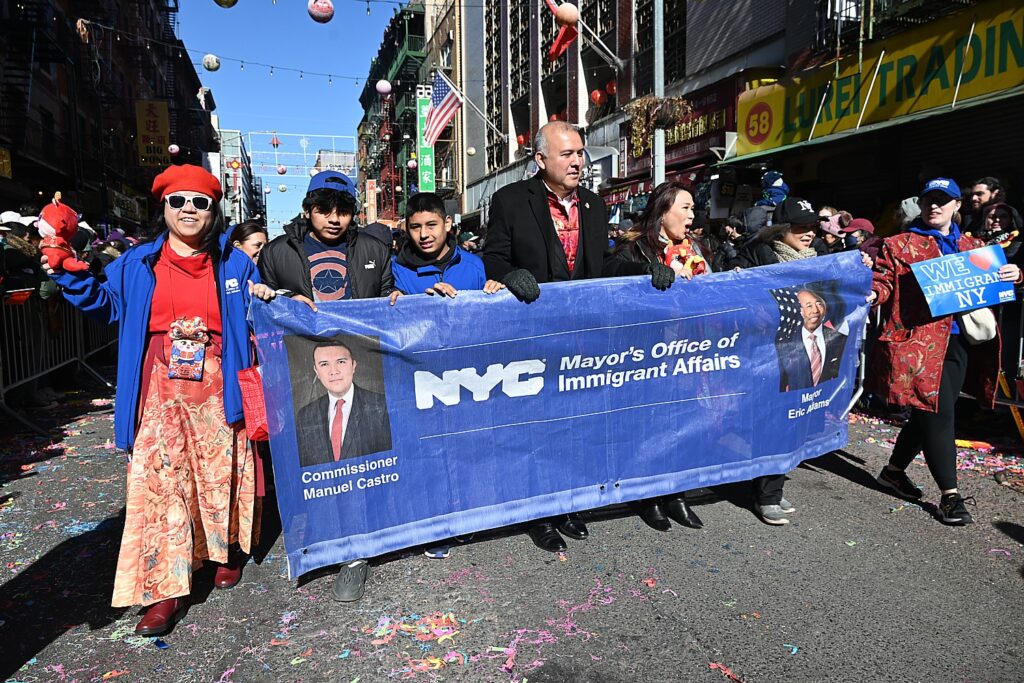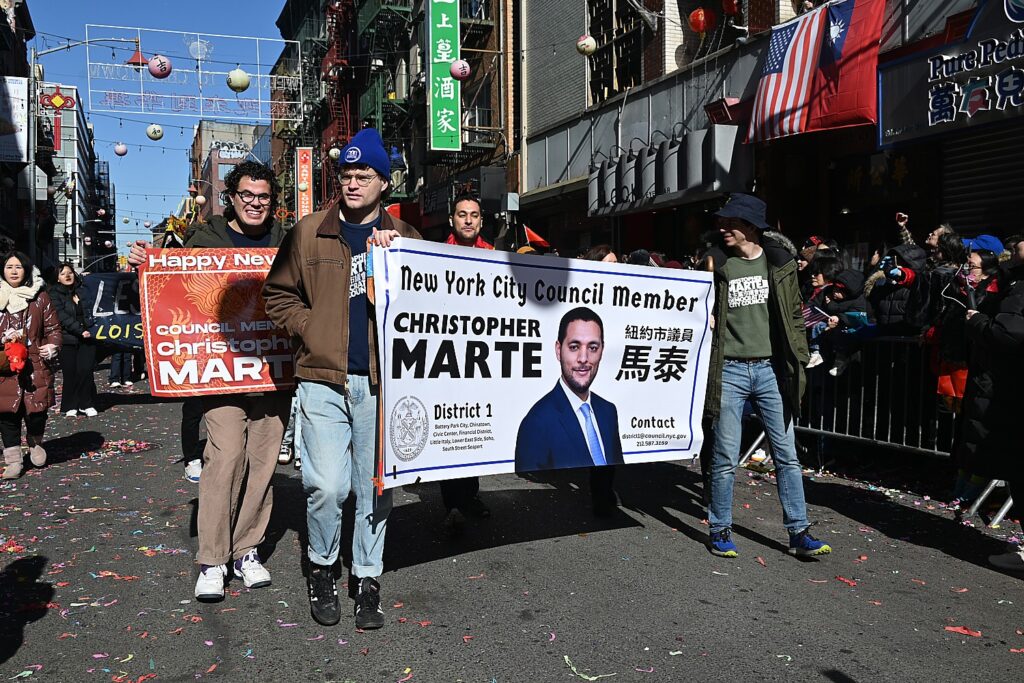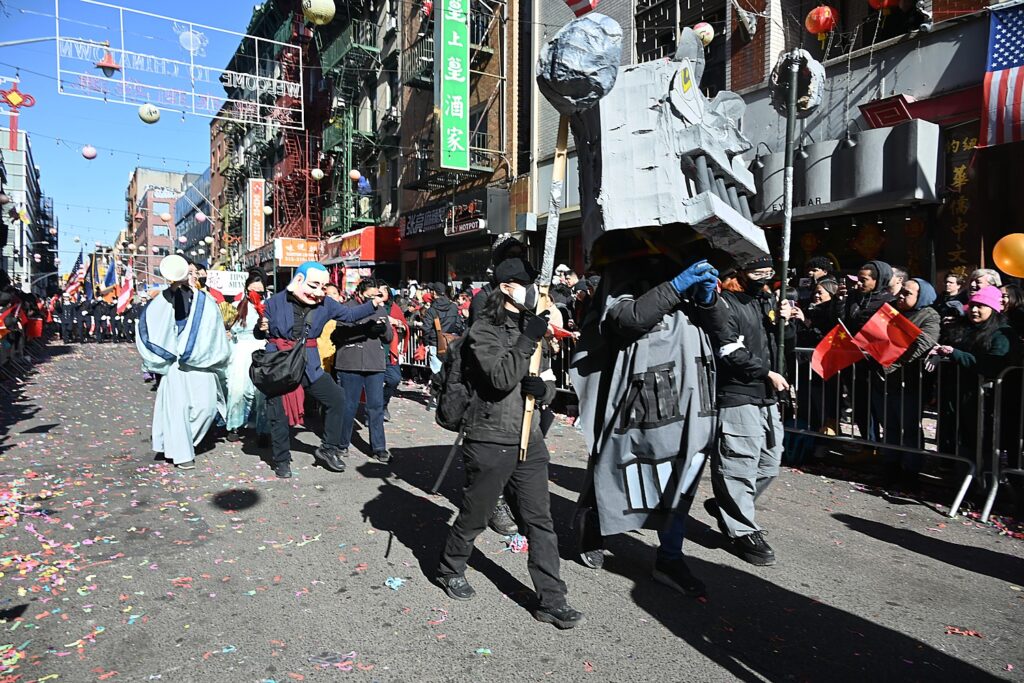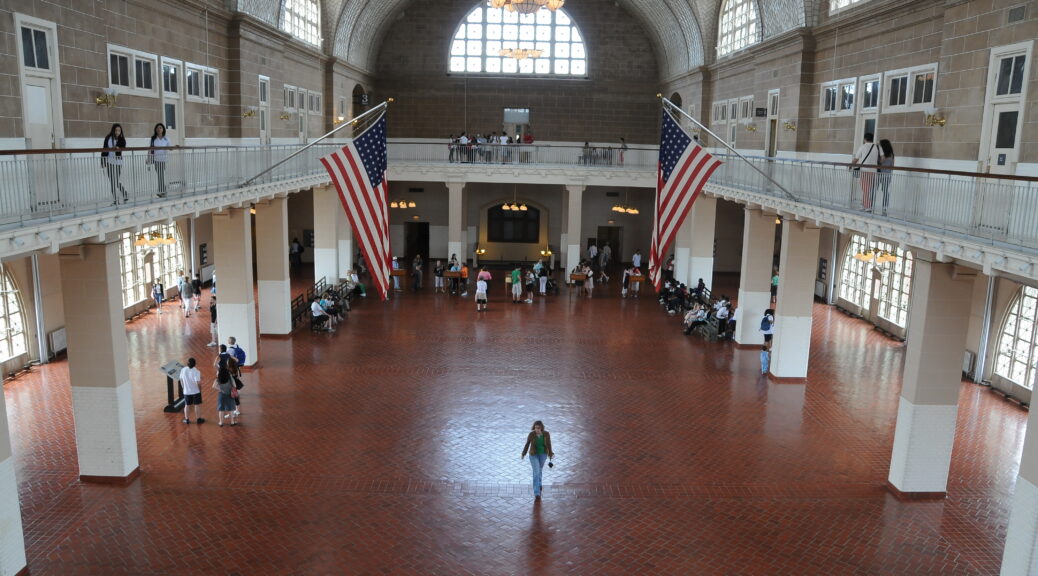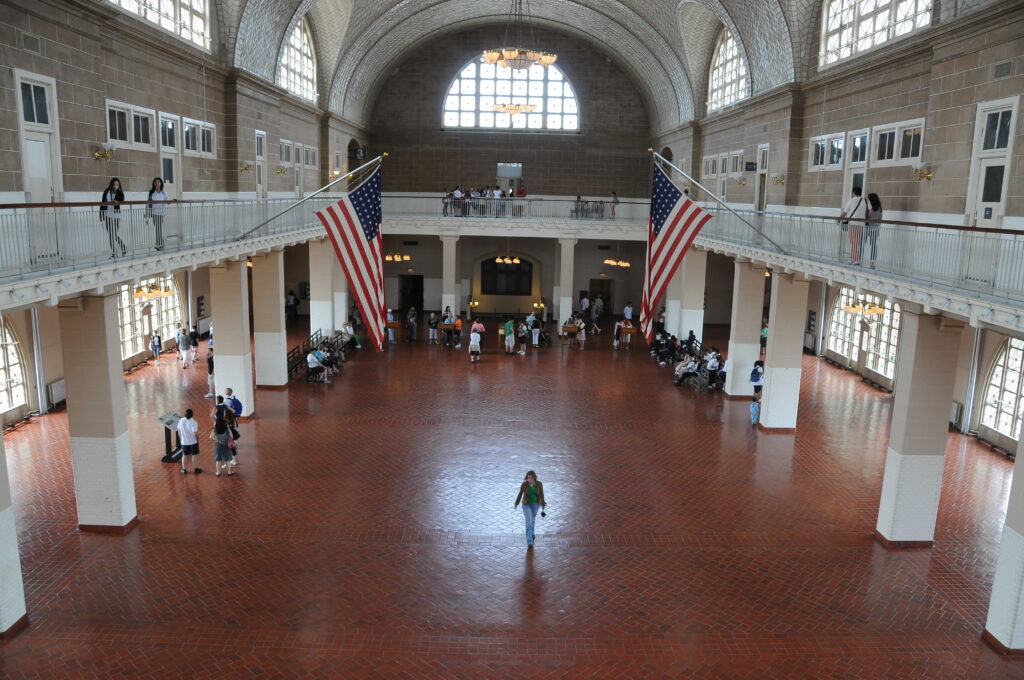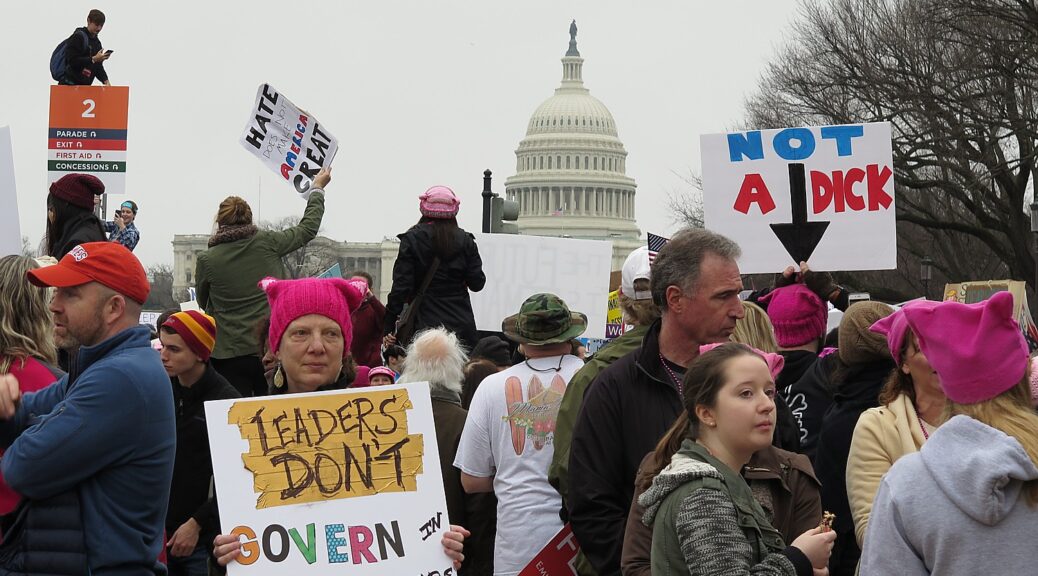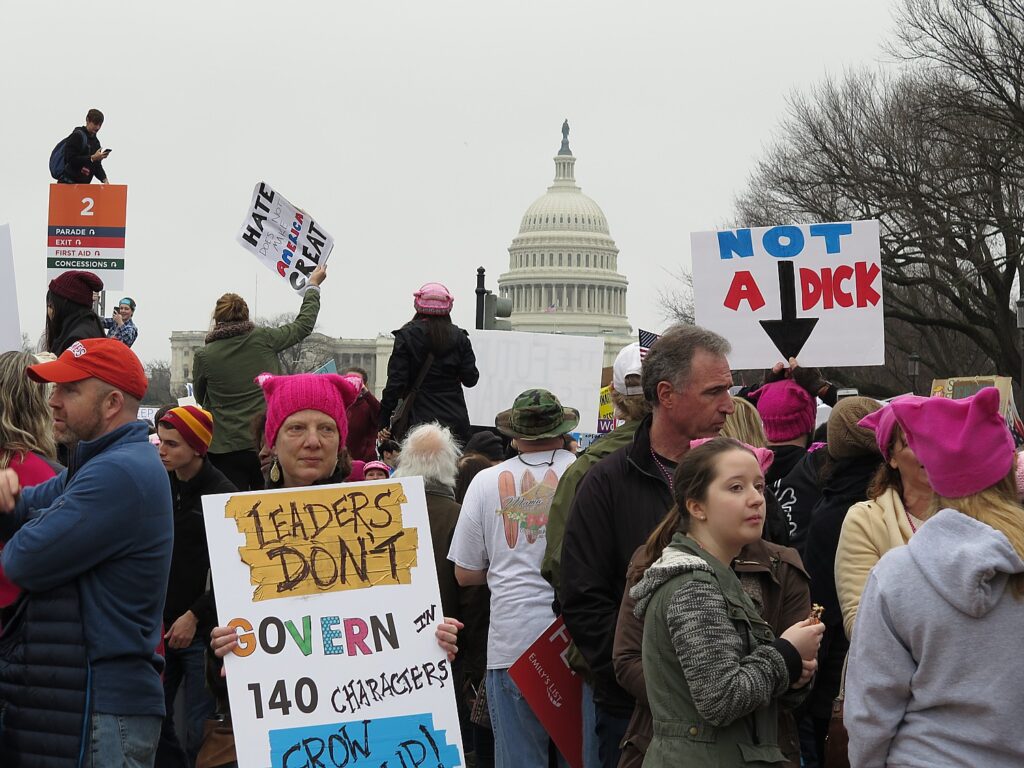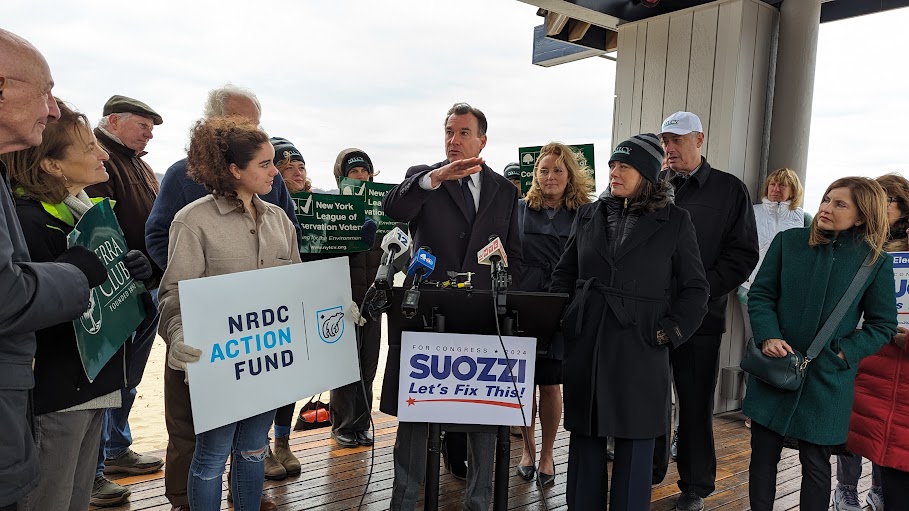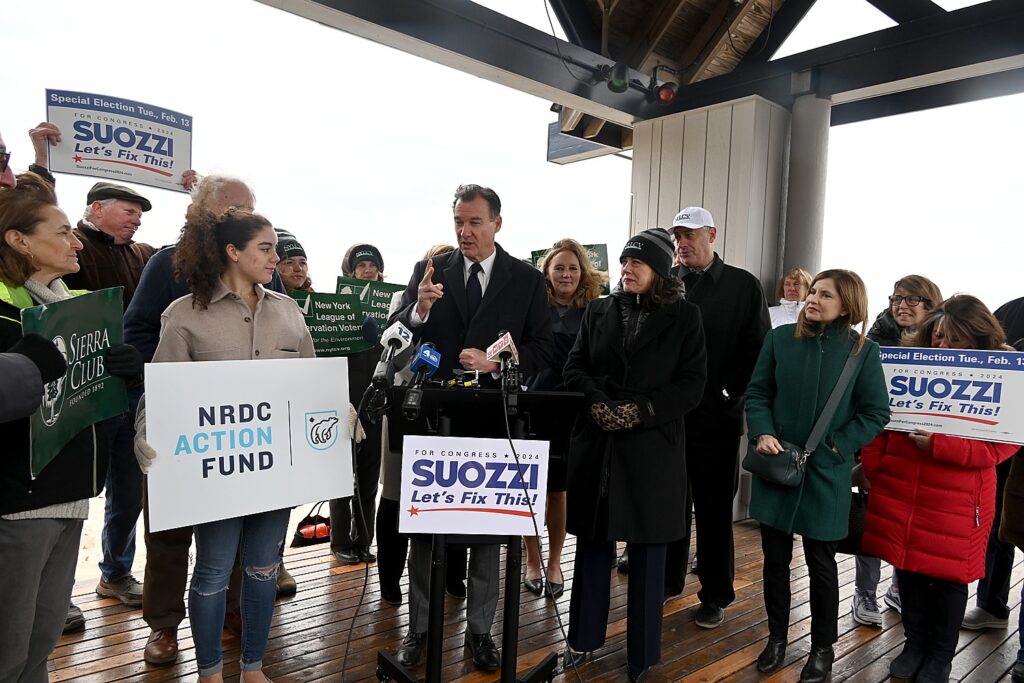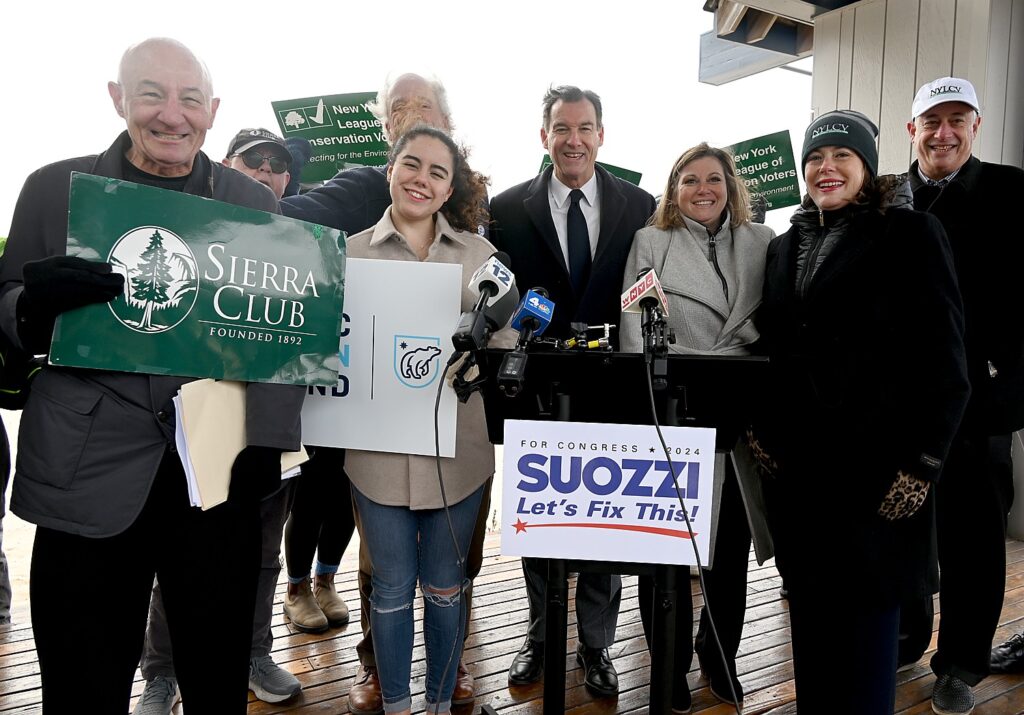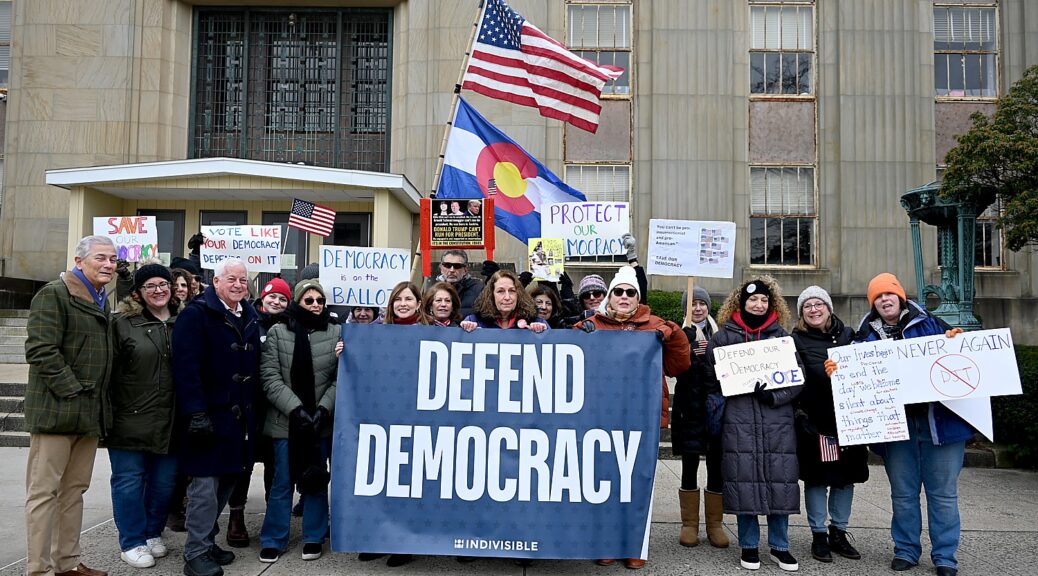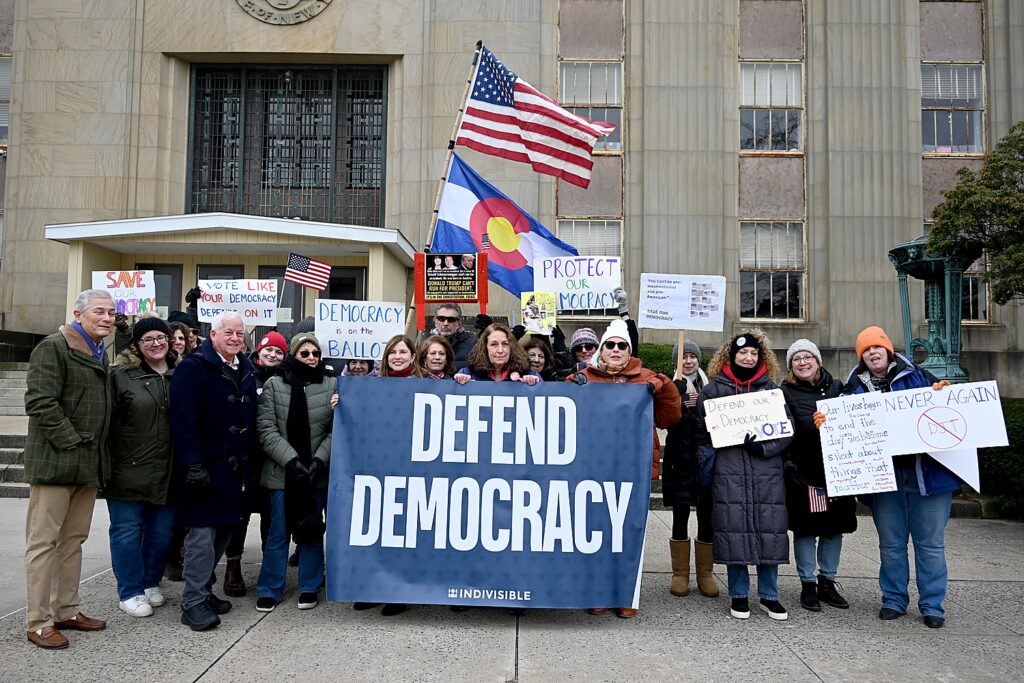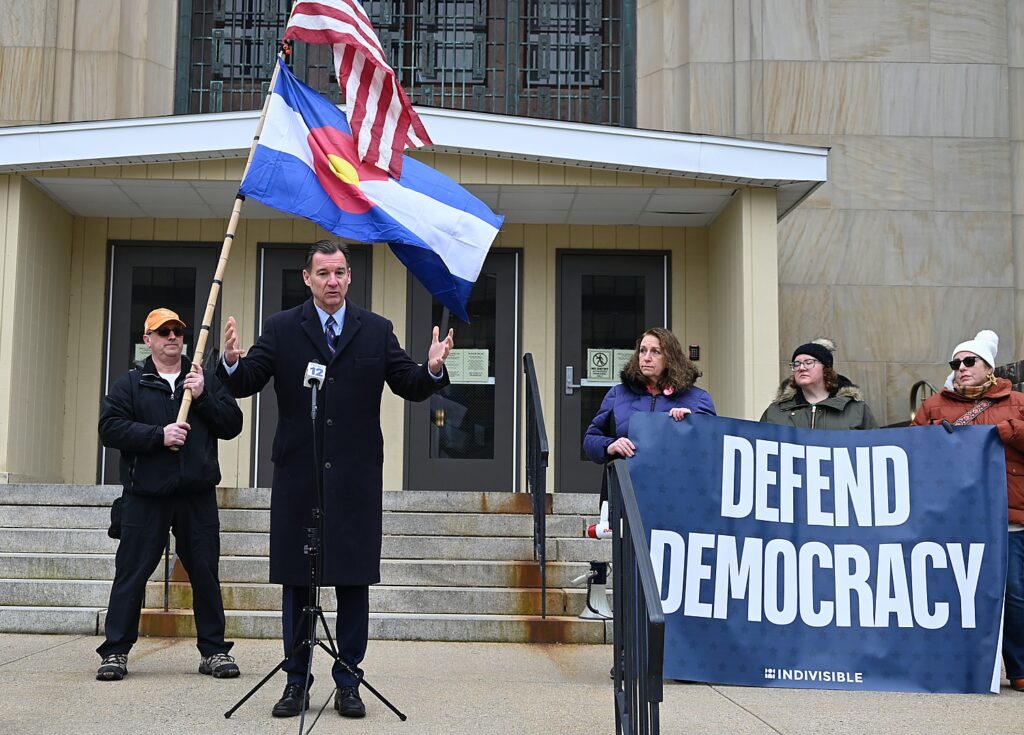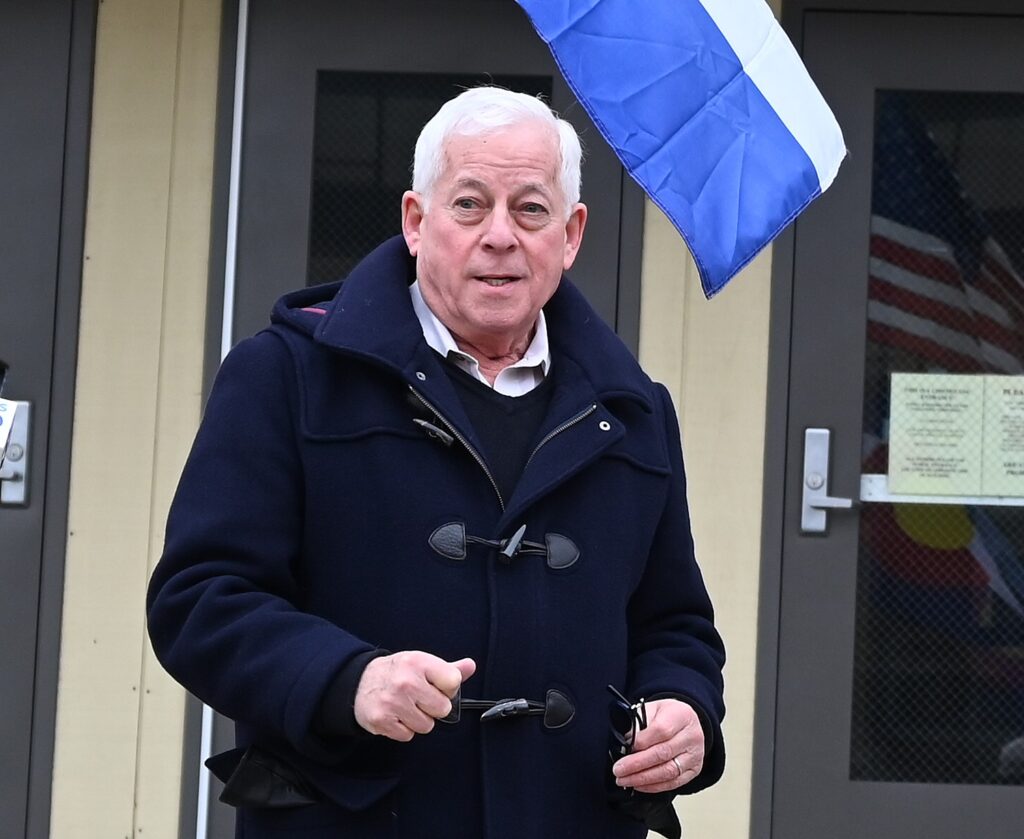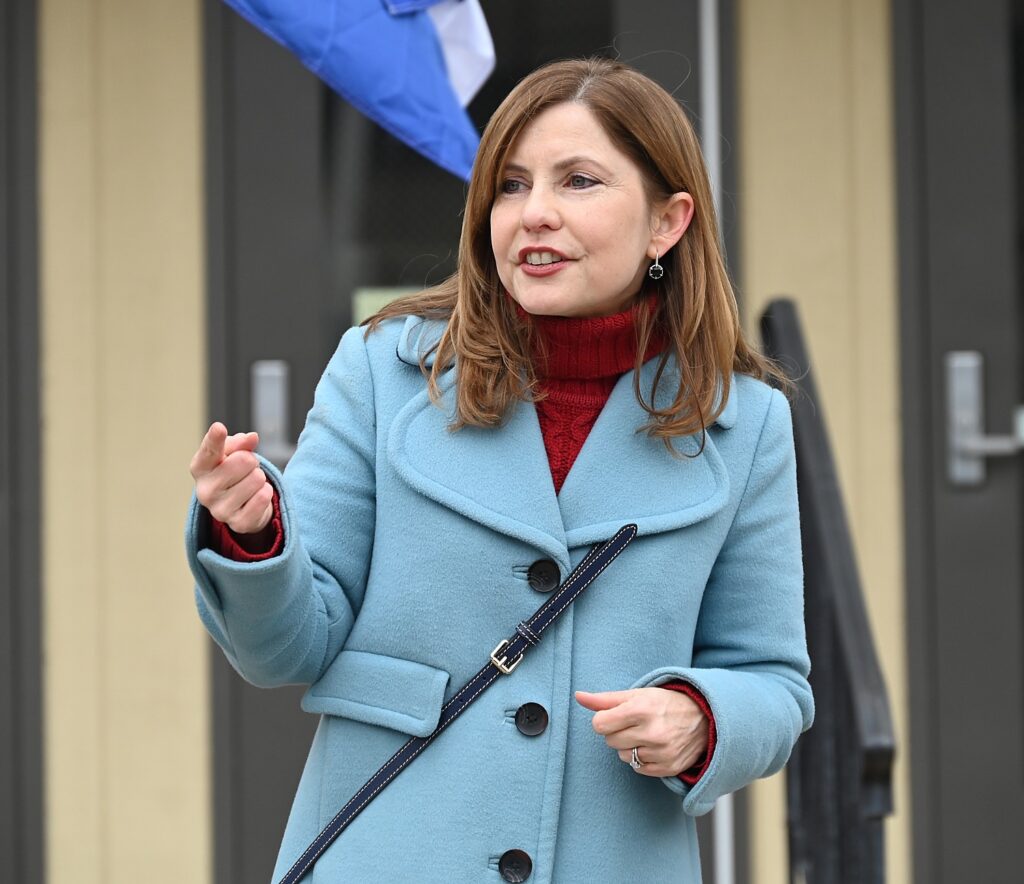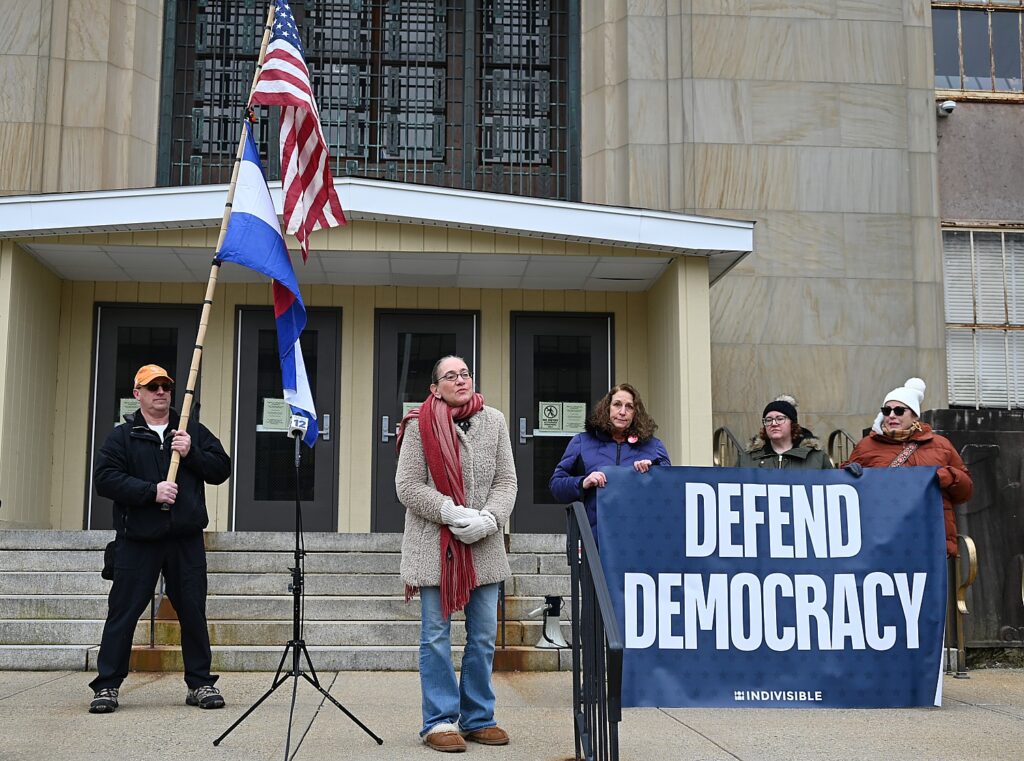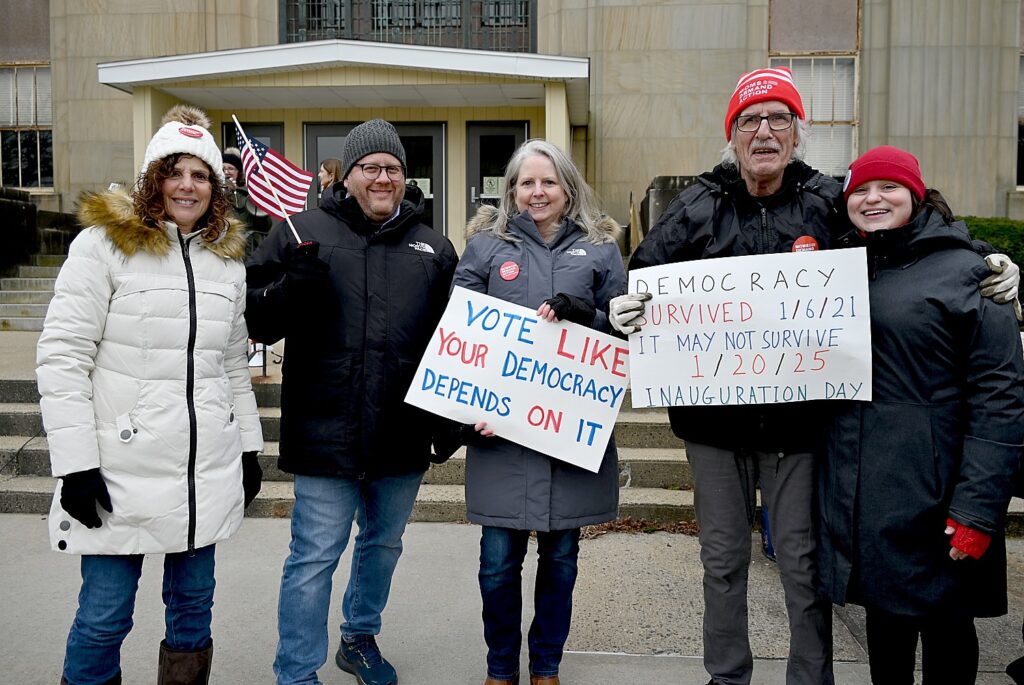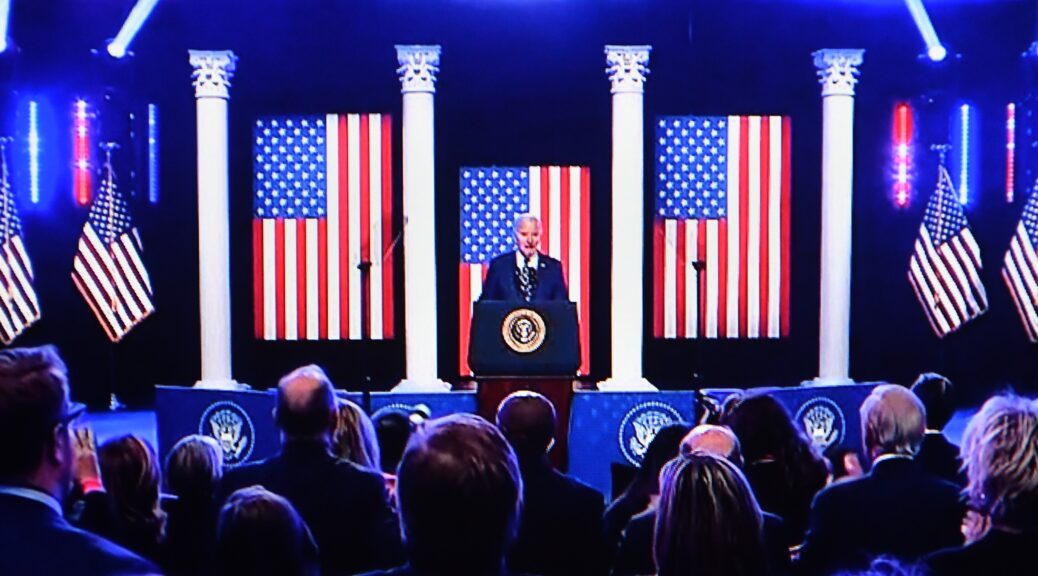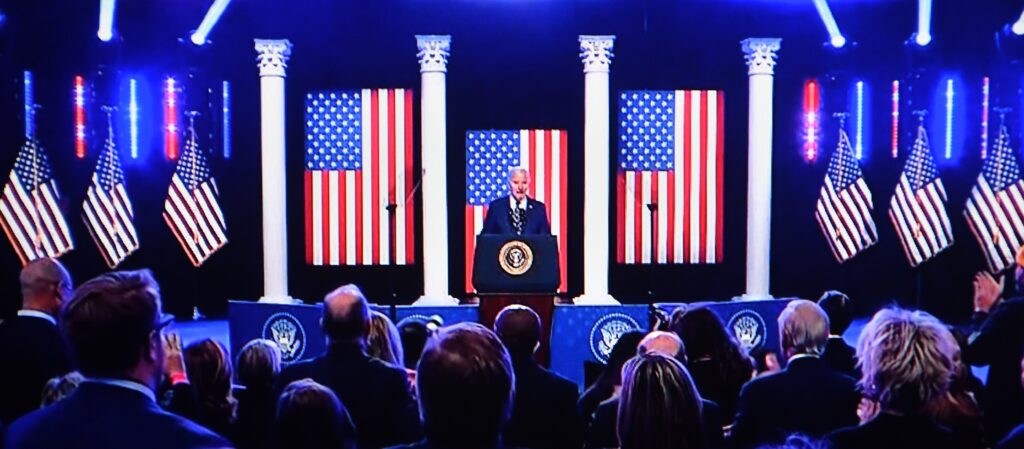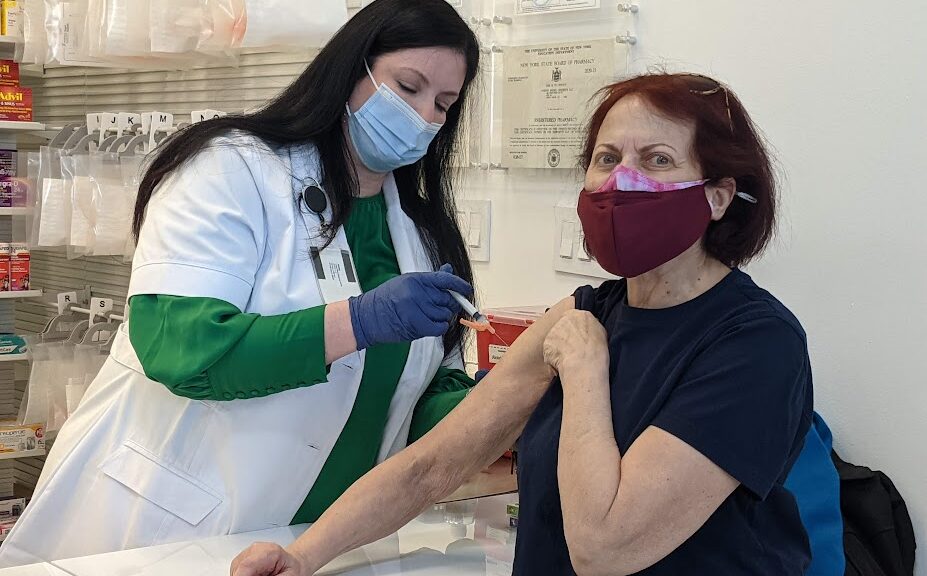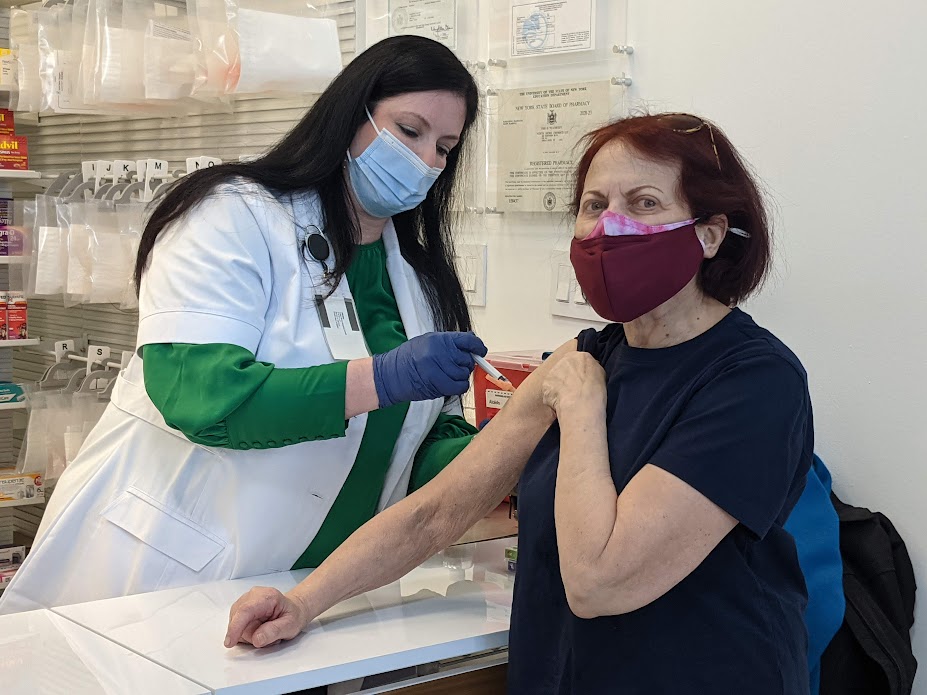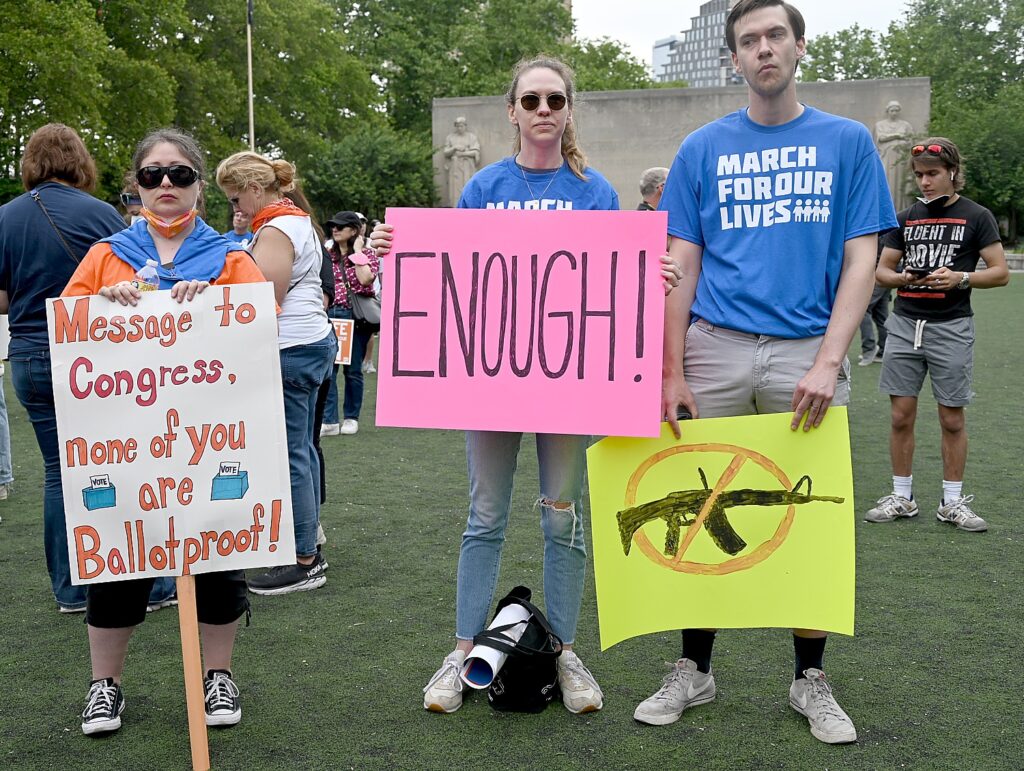
President Biden delivered remarks on the Biden-Harris Administration’s actions to fight crime and make our communities safer. The Administration has taken a three-part approach to public safety and fighting crime: funding effective, accountable policing; investing in intervention and prevention strategies; and keeping especially dangerous guns off our streets and out of dangerous hands.
“My administration is going to choose progress over politics, and communities across the country are safer as a result of that policy,” President Biden declared. “There is no greater responsibility than to ensure the safety of families, children, communities, and our nation.”
Second Gentleman Douglas Emhoff, the Office of Gun Violence Prevention (OGVP) and the Department of Labor (DOL) hosted a roundtable on improving job opportunities for communities affected by gun violence and discuss the connection between workforce development and violence intervention and prevention.
During the roundtable, DOL also discussed its Growth Opportunities Program, which provides up to $85 million to improve job opportunities for youth in communities affected by violence and poverty. This recently announced funding opportunity supports programs that provide skills training through work-based learning, employment services, educational support and mentorship to youth and young adults in communities affected by violence, crime and poverty.
These funds provided by the Growth Opportunities Program build on efforts by the Biden-Harris Administration to prevent crime and promote public safety, including $15 billion provided by the President’s American Rescue Plan to support additional police officers, expand community violence intervention, add crisis responders, and more. While the President’s Bipartisan Safer Communities Act (BSCA) — the most significant gun safety legislation in the last 30 years — provides $250 million in funding for community-based violence prevention initiatives, in addition to key investments for schools to expand mental health services and violence intervention programs.
The positive impacts of the President’s strategy to prevent and reduce crime and gun violence nationwide are already apparent. According to 2023 FBI data, there has been a significant drop in crime – including one of the largest yearly declines in homicides ever. By comparison, during the final year of the prior administration in 2020, the United States saw the largest increase in murders ever recorded. Key provisions created by the BCSA are beginning to deliver results in making communities safer against gun violence, including recent announcements by the Department of Justice on stopping more than 500 illegal gun purchases by people under 21 years old who presented a danger to our communities, and hundreds of charges brought by the Justice Department for illegal gun purchases and firearms trafficking.
“The President knows more can and must be done, which is why OGVP, overseen by Vice President Kamala Harris, continues to identify executive orders to save lives, while also announcing new initiatives to encourage action at the state and local level,” a White House official stated. “This past December, the Vice President convened 100 state legislators at the White House to launch the Biden-Harris Administration’s Safer States Initiative, providing states with additional tools and the support they need to reduce gun violence—and we have already seen states begin to answer the call and implement these critical measures. Last month, the Office of Gun Violence Prevention, in partnership with the U.S. Department of Education and the Department of Justice, also announced new executive actions to help promote safe storage of firearms that implement President Biden’s Executive Order on promoting safe gun storage, which has been shown to dramatically reduce children’s risk of self-inflicted harm and unintentional shootings.”
These are just a few examples of the progress that is being made under the leadership of President Biden and Vice President Harris to protect our communities, schools and children, and end the epidemic of gun violence that is leaving empty seats at dinner tables across the country.
The Second Gentleman also continues to show up for communities affected by gun violence, meeting with victims and families in Parkland, Florida; Uvalde, Texas; Highland Park, Illinois; and the Tree of Life Community in Pittsburgh, Pennsylvania. This past December, the Second Gentleman also delivered remarks at the 11th Annual Vigil for All Victims of Gun Violence.
The White House provided this fact sheet reviewing the Biden-Harris administration’s actions to fight crime and make communities safer. Meanwhile, the Supreme Court is hearing a case challenging the ban on bump stocks that turn assault weapons into illegal machine guns.
During the previous Administration, America saw the largest increase in murders ever recorded in 2020; Under the Biden-Harris Administration, there has been a significant decrease in crime – including one of the largest yearly declines in homicides ever.
The historic declines in crime mean that America is safer. The Biden-Harris Administration has taken a three-part approach to public safety and fighting crime: funding effective, accountable policing; investing in intervention and prevention strategies; and keeping especially dangerous guns off our streets and out of dangerous hands.
That balanced approach is the hallmark of the President’s Safer America Plan, which calls on Congress to invest $37 billion to support law enforcement and crime prevention, including by funding 100,000 additional police officers for accountable community policing, consistent with the standards set out in the President’s executive order on policing; community violence intervention and crisis responders; and commonsense gun reforms such as background checks.
And states and localities have adopted this balanced approach through one of the largest investments ever in public safety: The President’s American Rescue Plan – which every Republican elected official in Congress voted against – has helped states and over one thousand cities, towns, and counties across the country to invest over $15 billion to public safety and violence prevention. Communities have invested those funds to support additional police officers, expand community violence intervention, add crisis responders, and more. And today we are seeing real results: Cities around the country are experiencing historic declines in violent crime, and homicides are estimated to be down nationally 12% from 2022 to 2023.
By comparison, during the final year of the Trump Administration in 2020, the United States saw the largest increase in murders ever recorded.
Communities have leveraged funding from President Biden’s American Rescue Plan to reduce crime:
- Detroit invested more than $100 million for public safety, including to pay bonuses that enabled the city to hire 200 new police officers, advance community violence intervention, and expand teams of police and mental health professionals who can respond to people in crisis. In 2023, Detroit had its fewest homicides since 1966, with an 18% decline from 2022.
- Milwaukee invested over $40 million to pay new officers engaging in community policing, fund gun crime investigations, and increase the number of dispatchers to handle 911 calls. The city improved city street lighting, supported community violence intervention efforts, and expanded summer programs for at-risk youth. The city and county of Milwaukee also partnered with the state of Wisconsin to invest $28 million more on anti-violence efforts, including to reduce dramatically the court backlog of violent crime cases. In 2023, homicides in Milwaukee dropped 20%.
- Philadelphia invested millions in group-violence intervention and community crisis intervention programs. It also partnered with the state of Pennsylvania to devote $45 million more to upgrade the city’s crime lab, reduce gun violence, and investigate and prosecute violent gun crimes, as well as further support violence intervention and prevention. In 2023, Philadelphia experienced record crime declines, including a 20% drop in homicides and a 28% decline in nonfatal shootings.
- Chicago invested $100 million for public safety, including $16 million for community violence intervention focused on those at the highest risk of violence, $15 million to support alternative responders for 911 calls involving health crises, $30 million for youth intervention and diversion programs, and $10 million to support victims of crime. In addition to these targeted investments to reduce violence, Chicago is making additional significant investments to expand opportunity for young people – including hiring nearly 25,000 young people over the summer and investing $53 million for youth employment programs. Chicago also received $6.25 million in grants from the Department of Justice to hire or retain 50 additional officers. Chicago saw a 13% drop in homicides in 2023, and nonfatal shootings declined 17%.
The President’s Safer America Agenda:
Funding Effective, Accountable Policing
- In 2023, the Department of Justice alone provided state, local, Tribal, and territorial law enforcement agencies, research institutions, and nonprofit organizations nearly $5.8 billion to advance public safety, $1 billion more than just two years earlier. Those grants included more than $200 million to fund 1,730 new police officers in nearly 400 communities. The Department of Justice’s 2023 grant funding also included more than $173 million in site-based funding to improve school safety.
- The President signed and is continuing to implement a historic Executive Order to advance police reform which required that federal law enforcement agencies ban chokeholds, strengthen use-of-force policies, restrict no-knock warrants, and direct other measures to advance effective, accountable policing that increases public safety.
Investing in Violent Crime Prevention and Intervention
President Biden has secured historic investments in crime prevention and intervention strategies, including strategies to prevent crime. For example:
- President Biden secured the first-ever federal funding solely dedicated to community violence interventions, and has increased funding for violence intervention programs.
- The Bipartisan Safer Communities Act includes the biggest ever one-time investment in mental health through the Department of Education, to help students deal with a range of mental health issues, including the trauma resulting from gun violence. To date, nearly $300 million has been distributed and will help to hire or train 14,000 mental health professionals for our schools.
- Thanks to the President’s leadership and through the historic resources in the American Rescue Plan and Bipartisan Safer Communities Act, HHS has increased funding for mobile crisis teams and training for first responders and law enforcement to respond appropriately and safely to people with mental health challenges. DOJ has funded the creation and delivery of de-escalation training.
- The Bipartisan Safer Communities Act secured $750 million to support crisis interventions.
Keeping Dangerous Guns Out of Our Communities and Guns Out of Dangerous Hands
President Biden and his Administration have taken more executive action to reduce gun crime than any other President. For example:
- After hearing from law enforcement that they were increasingly finding “ghost guns” at crime scenes, the Bureau of Alcohol, Tobacco, Firearms and Explosives issued a final rule to rein in the proliferation of these unserialized firearms.
- The Justice Department launched five new law enforcement strike forces focused on addressing significant firearms trafficking corridors that have diverted guns to New York, Chicago, Los Angeles, the Bay Area, and Washington, D.C.
In addition, President Biden secured confirmation of Steve Dettelbach to be Director of the Bureau of Alcohol, Tobacco, Firearms and Explosives (ATF) – after this critical law enforcement agency lacked confirmed leadership since 2015. Under Director Dettelbach’s leadership, ATF is driving data-driven prioritization to focus on the gun dealers most closely connected to gun violence and have revoked the licenses of those that have endangered public safety by willfully violating the law ATF is also partnering with state and local officials to establish joint Crime Gun Intelligence Centers to bring gun trafficking and violent crime prosecutions.
In 2022, the President signed the Bipartisan Safer Communities Act—the most significant gun violence prevention legislation in nearly 30 years. That law includes:
- The first ever federal gun trafficking and straw purchasing law, which has allowed the Department of Justice to charge more than 300 defendants.
- Broadening the definition of who must become a licensed dealer and run background checks before selling guns.
- Enhanced background checks for gun purchasers under the age of 21, which has already helped stop the transfer of firearms to prohibited persons under 21 more than 600 times.
In 2023, the President established the first-ever White House Office of Gun Violence Prevention to accelerate his work to reduce gun crime and other forms of gun violence.
Congress Needs to Act. The President also continues to urge Congress to take commonsense actions to prevent and combat crime and advance public safety. Congress should enact universal background checks, require safe storage of firearms, and ban assault weapons and high-capacity magazines. It should pass the George Floyd Justice in Policing Act to advance accountability, transparency, and public trust in law enforcement. Building public trust advances public safety. And it should pass the Violent Incident Clearance and Technological Investigations Methods (VICTIM) Act to help communities solve murders and violent gun crimes as well as support victims.
Despite the progress we have made, we can and must do more to reduce crime and save lives. President Biden will continue to call on Republican elected officials in Congress to support these lifesaving law enforcement actions rather than standing in the way.

